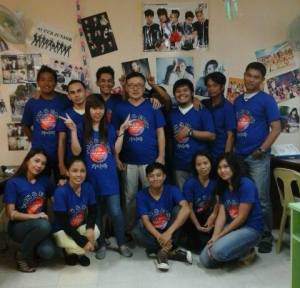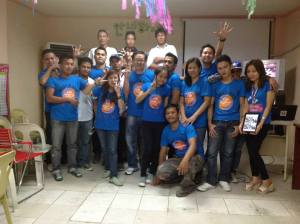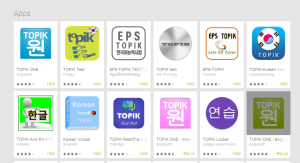This is the easiest way to memorize the korean alphabet.
Source: https://www.90daykorean.com/
—
Did you know that there are fewer Korean characters than there are letters in the English alphabet?
Korean has 14 vowels and 10 consonants.
Unlike Japanese or Chinese, which have thousands of characters and each can have 10, 15 or more strokes, the most complex Korean character has only five strokes.
Now, let’s learn the basics…Are you ready?
Set your stopwatch, because the challenge is to get through this guide in 90 minutes or less!
—
I suggest to copy first the english alphabet from A to Z then read after. 🙂
There is no F,R,V & Z in Korean alphabet, so crash them out on your papers. The letters in red are the consonants, however, C & K has same sound in Korean, so it is considered as one letter. Letters in dark blue are the vowels (A,E,I,O,U). Q, W, X, Y & Z a) Can only be made by combining two or more sounds (ie., X = K+ S), OR b) Cannot be made without adding a vowel sound after (ie., “ya” or “yo”)

CONSONANTS (25 MINUTES)
The first letter of the English word in the picture has the same sound as the Korean character.
This will help to start to create the associations.









ASPIRATED CONSONANTS (15 MINUTES)
Let’s match up the non-aspirated English sounds with their aspirated sound pairings.
See how similar these sounds really are?
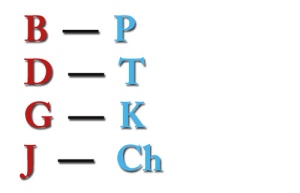
When we do the same in Korean, we’ll see some visual similarities in the characters, which can help greatly for
memorization.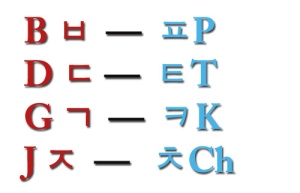




The last “consonant” in Korean is really just a placeholder, and makes no sound by itself when placed
in front of another character. Nonetheless, it is considered a consonant.

—
VOWELS (20 MINUTES)
The character with the line pointing up is “OLD” and has the Long O sound.
The character pointing to the left has a Short O sound like the O in “iPod,” but the character pointing to the right has a Short A sound like the A in “iPad.” Finally, the character pointing down has a Long U sound like the EW in “New.”

Therefore, if the vowel sounds we have so far are:
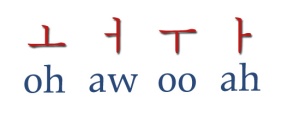
We can now create the following sounds by just adding a second line:
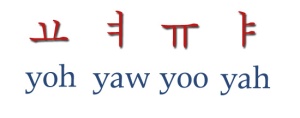
So, once you memorize the first four, the second four are really easy. All you need to do is double up the line and remember to add a “Y” sound in front.
So, there are only ten Korean vowels and we already know eight of them. The last two are just lines as well. Do you know how to say “a little bit” in French? If you didn’t already know, here is the shortest French lesson you’ll ever need:
“Un petit peux in French means “a little bit.”
Notice how the I in “petit” is not a short I, but rather is a Long E sound, “ee.” The Korean character with the
same sound, ㅣ, looks like an I, making it easy to remember. Also, notice the sound EU makes in “peux.” This is the same sound as the last Korean vowel, ㅡ. It’s just a horizontal line.
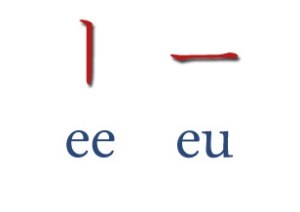
—
LASTLY DOUBLE CONSONANTS (5 MINUTES)
There are only five of these tense or double consonants, and here they are:
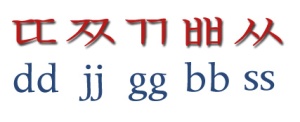
To pronounce them correctly, all you need to do is tense up your tongue and pronounce the sound a little harder with more force.
We are going to combine vowels to make different sounds. Take a look here. What sound do you figure these characters make?


They look a little familiar. Let’s break them down. The first one can be seen as the character ㅏ(ah) combined
with the character ㅣ(ee), while the second is just ㅑ(yah) combined with ㅣ(ee).
Another combination letters are these combinations

ㅔ makes the sound “e” while the other ㅖ is sound as “ye” . We can remember them because the horizontal line(s) are just
shifted over to the left from the previous two we just learned.
There’s one more letter combination that’s left and that is
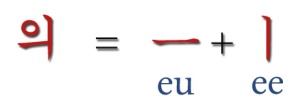
Remember that, if the place holder is placed on the first before the other character it has no sound. And if placed on the end, it produces sounds such as “ng” as bang.
Therefore, this one becomes an “eui” sound, which you need to pronounce really quickly to get it right. Instead of two syllables “eu” + “ee,” combine the sound into one syllable, blending the “ee” into the preceding “eu” sound. Imagine saying “chop suey” really fast, with less emphasis on the “oo” and make it more of an “eu” sound.
That’s all there is to it. Thank you for reading! Hope this will help you!



























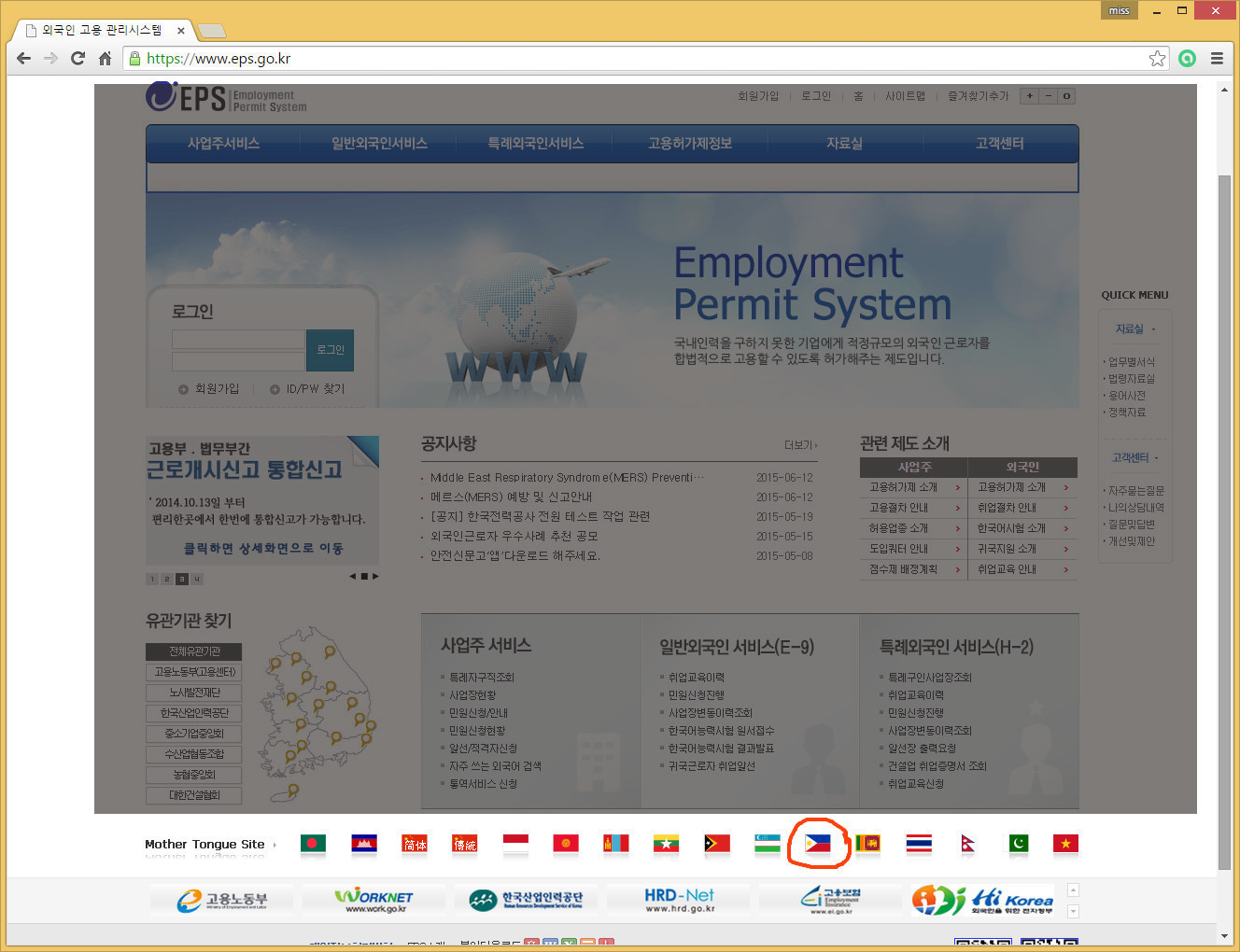 It will open a new page in english translation. Just like this one
It will open a new page in english translation. Just like this one
 4. Choose either one of these options for verifying your identity.
4. Choose either one of these options for verifying your identity.


